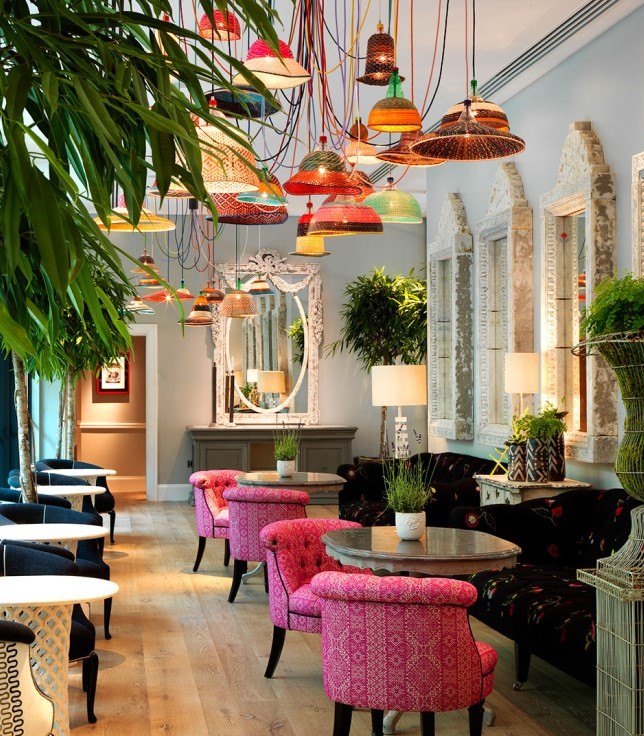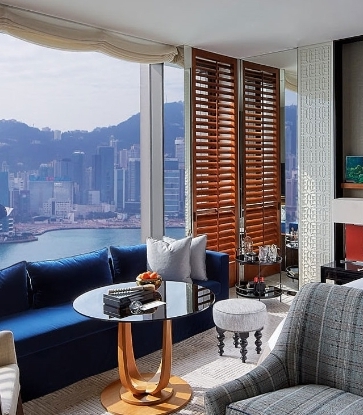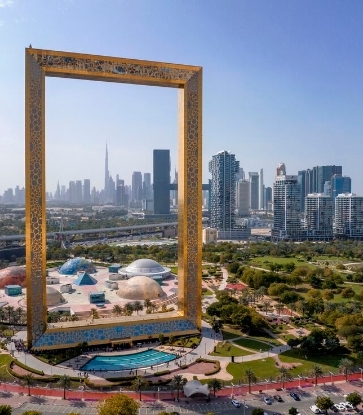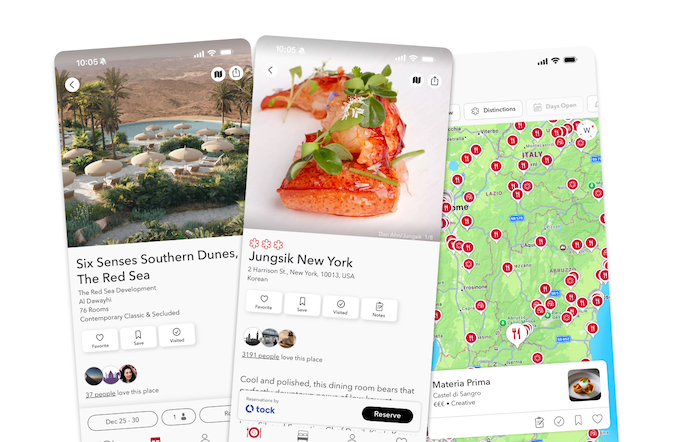Taiwan has always held a unique allure on the global travel map — with its majestic mountain and sea scenery, a culinary culture that shines from street snacks to refined dining, and an environment that is safe, convenient and friendly. In 2025, Taiwan’s travel landscape becomes even more colorful and abundant, making it well worth rediscovering.
Whether it’s a first trip or a return journey, a short stay or a long, slow exploration, Taiwan’s diverse and unique travel experiences never fail to inspire.
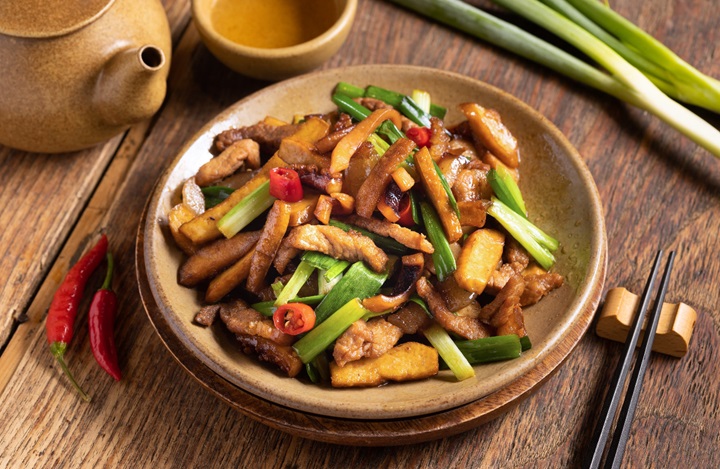
1. A culinary landscape that has it all
From exquisite fine dining to comforting street eats, Taiwan’s food culture is endlessly diverse. In 2025, the MICHELIN Guide Taiwan expands its reach to New Taipei City, Hsinchu City and Hsinchu County, further enriching the island’s gastronomic map.
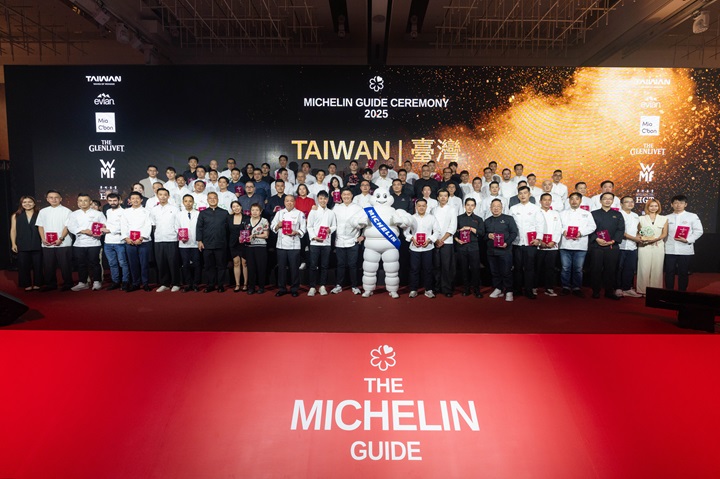
New Taipei’s unique geography and cultural mix bring everything from mountain delicacies to coastal treasures, while Hsinchu is beloved for its Hakka cuisine and time-honored snacks. Together, they showcase both the beautiful integration of tradition and innovation. With more than 400 restaurants and nearly 60 cuisine types listed in The MICHELIN Guide Taiwan 2025, Taiwan’s dining scene is as vibrant as ever.
Further Reading: The Full List of the MICHELIN Guide Taiwan 2025
Among them are 37 new Bib Gourmand eateries, from classics like braised pork rice, beef noodles, and gua bao (folded steamed buns), to regional favorites such as Tainan’s mutton soup, Yonghe’s soy milk and Hakka rice noodles in Hsinchu. These comforting flavors are worth returning for time and again.
This year also brings 11 newly added or promoted MICHELIN-Starred restaurants. Some are international chefs opening in Taiwan, while others are locally trained. Each blends refined technique with local elements, creating flavors unique to Taiwan. Highlights include Chef Ian Lee of Hosu, awarded both One MICHELIN Star and a MICHELIN Green Star; Chef Jim Yang of aMaze, winner of Opening of the Year; and Chef Ryohei Hieda of the newly promoted Two-MICHELIN-Starred restaurant Eika. Together, they have expressed their love and passion for this land through their dishes.
RELATED: A New Culinary Voice Bridging Taiwan and Japan — Inspectors Reveal All about Two-MICHELIN-Star Eika
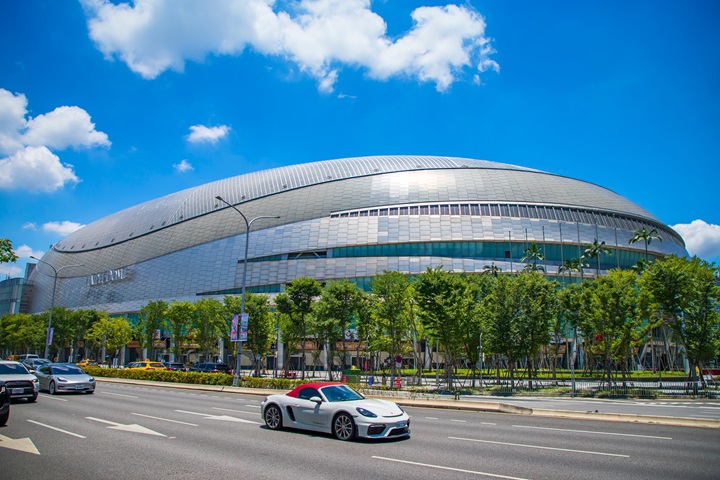
2. Asia’s stage for culture and entertainment
The Taipei Dome, the largest indoor baseball stadium in Taiwan, accommodates around 40,000 spectators for sports and nearly 60,000 for concerts. Combined with shopping, cinemas and themed restaurants, it has become a multifunctional entertainment hub. In January 2026, it’s welcoming Korea’s Golden Disc Awards.
Down south, Kaohsiung is alive with performances — the Kaohsiung Music Center welcomes global superstar Sting in late September, followed by BLACKPINK’s world tour in mid-October at the Kaohsiung National Stadium, and Taiwan rock legend Wu Bai is performing at the Kaohsiung Arena in late November.
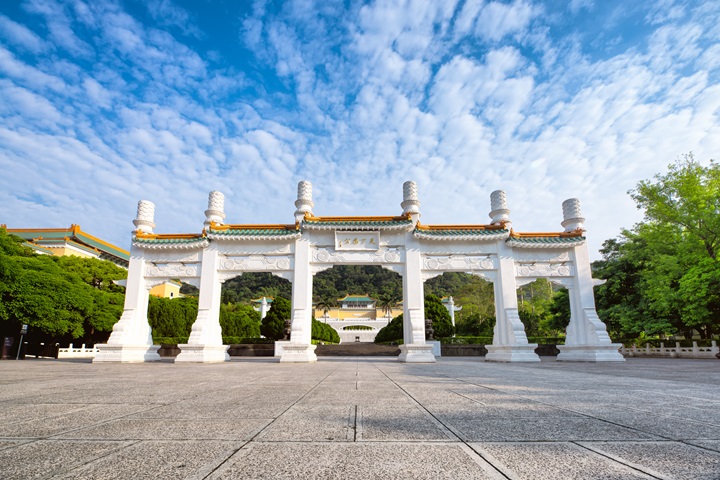
The art scene is just as dazzling. Until the end of September, the Taipei Fubon Art Museum presents 52 Impressionist masterpieces, including Monet’s Water Lilies. For the first time, The Metropolitan Museum of Art in New York is bringing 81 masterpieces to Taiwan, on display at the National Palace Museum until mid-October. In addition, artist Yoshitomo Nara is holding a special exhibition in Jinguashi, filling the mountain town with a glow of contemporary art.
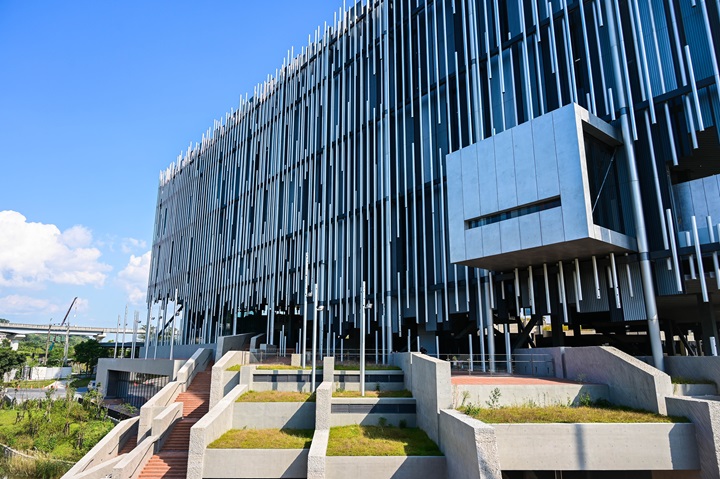
New cultural landmarks are also opening: the New Taipei City Art Museum, near Yingge Station, features thousands of aluminum pipes resembling reeds. In Taichung, Kengo Kuma’s CMP Museum merges seamlessly with its surroundings like an urban oasis, while the new Taichung Aquarium boasts a massive 10-meter-deep display tank. In Kaohsiung, the new central station and the dome of the Green Hill Atrium bring a fresh look to the city.
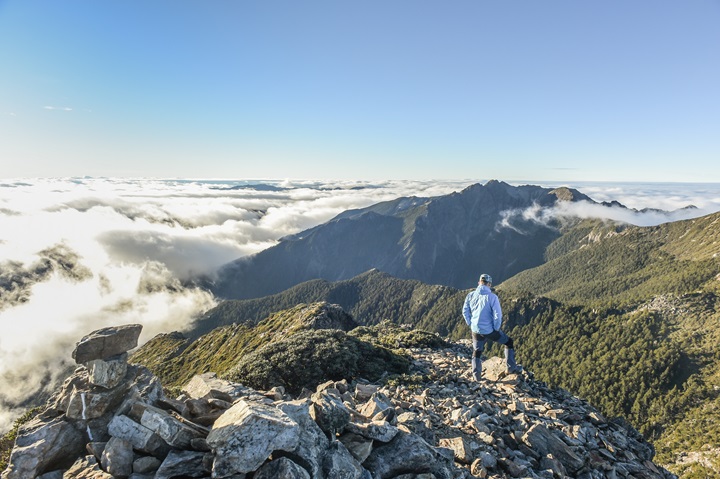
3. A natural paradise full of surprises
Taiwan has 60 percent forest coverage — double the world average. Its natural scenery has always been a highlight. The Central Mountain Range stretches from north to south, nurturing the island’s famed 100 Peaks and world-class hiking trails. Taiwan is also home to more than 600 species of wild birds and nearly 400 species of butterflies, showcasing extraordinary biodiversity.
The coasts are equally spectacular: the dramatic cliffs along the East Coast and the rift valley between Hualien and Taitung, the sea-eroded formations of Yehliu in the northeast (including the iconic Queen’s Head), the wetlands of Taijiang National Park in the west, and the unforgettable sunsets at Cijin and Sizihwan in Kaohsiung.
For divers, Taiwan offers world-class sites at Green Island, Orchid Island, Kenting and Longdong. Orchid Island’s underwater cliffs and the shipwreck at Badai Bay are particularly famous. From hiking and mountaineering to diving and surfing, Taiwan’s great outdoors has something for every adventure seeker.
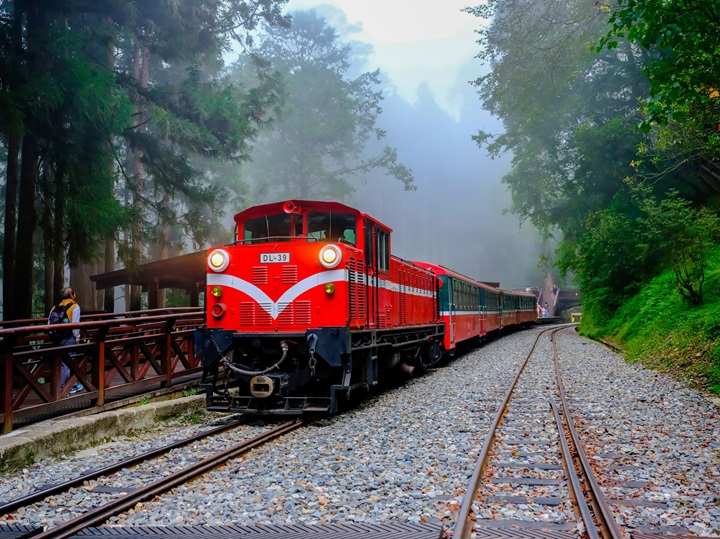
4. Four seasons, an endless journey
Taiwan enjoys four distinct seasons, each offering its own travel themes.In spring, fields of flowers bloom — from the floral seas of Xinshe to the cherry blossoms of Yangmingshan. In summer, beyond water sports, visitors can join events like the Penghu Fireworks Festival, the Taiwan International Balloon Festival in Taitung and the Taiwan Midsummer Festival.
RELATED: On the MICHELIN Bicycle Trail in Taipei & Taichung
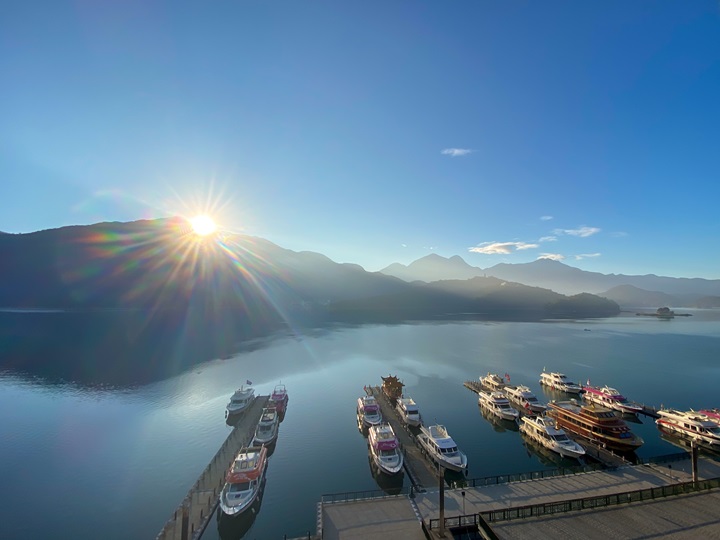
Autumn invites slow, leisurely journeys: ride the Alishan Forest Railway, fully restored after 15 years, or cycle along the newly extended Sun Moon Lake bike paths; winter is the season for hot springs — from Beitou and Wulai in the north, to Guguan in central Taiwan, to Zhiben in the east — offering healing moments of relaxation.
Sustainable travel has long been a priority in Taiwan, supported by extensive railways, bus networks, hiking trails and cycling routes. Even the trains reflect this spirit: the Fusen train in Alishan, built with Taiwan red cypress and hinoki wood, highlights sustainability, while the Vivid Express features colors inspired by the endemic Collared Bush Robin, serving as an eco-tour carriage.
RELATED: Immerse Yourself in Bliss: MICHELIN Guide Hotels with Healing Hot Springs
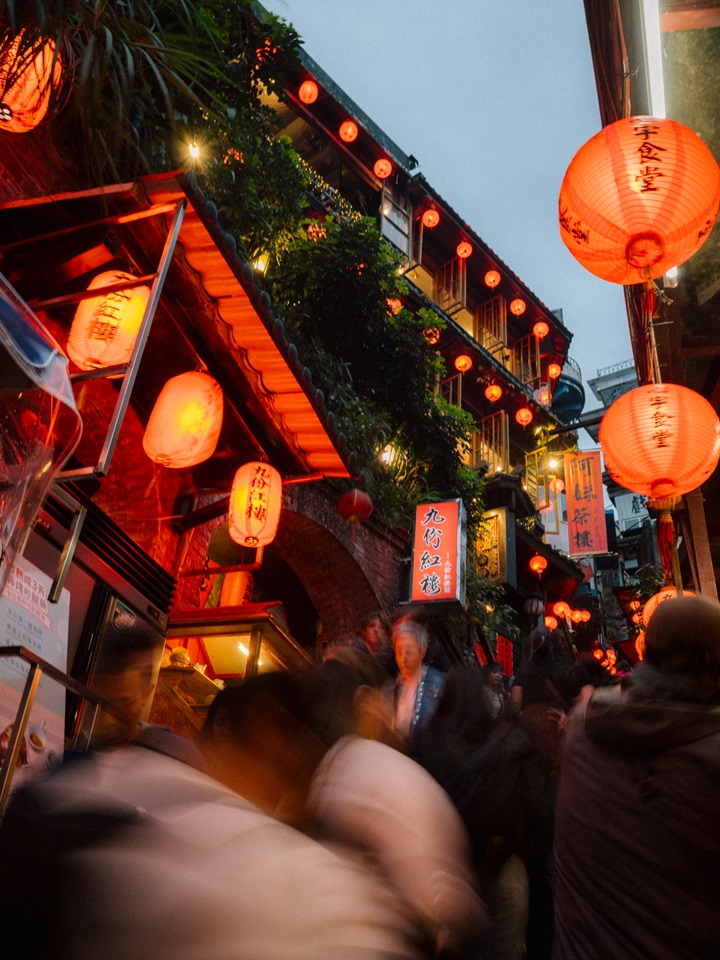
5. Witness living history
From the century-old tea aroma of Dadaocheng in Taipei and the incense-filled prayers at Hsinchu’s Cheng Huang Temple to the winding alleys of Jiufen’s mountain town, Taiwan’s cities and towns are filled with layers of cultural heritage and the marks of diverse communities. (left image ©MICHELIN)
RELATED: 11 MICHELIN-Recommended Restaurants in Taipei’s Dadaocheng District
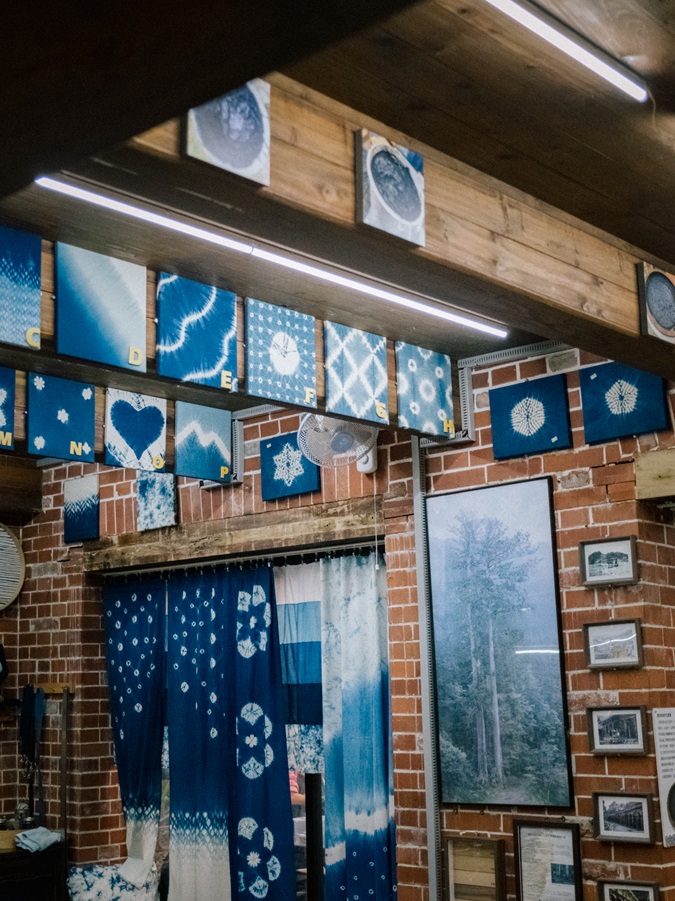
Traditional festivals are the best entry point to experience this living history. Highlights include the Pingxi Sky Lantern Festival in New Taipei, the Yanshui Beehive Fireworks Festival in Tainan, and the Mazu Pilgrimages in Dajia and Baishatun, all showcasing the faith and folk traditions of the Minnan community. Indigenous culture, too, can be found in mountain villages — from Atayal celebrations in Wulai to Bunun and Paiwan traditions in Smangus (Hsinchu) and Namasia (Kaohsiung). 。
RELATED: 5 Indigenous Ingredients From Taiwan That Will Wow Your Tastebuds
Hakka heritage is equally vibrant. Events such as the Tung Blossom Festival in Neiwan (Hsinchu) every April and May, the Yimin Festival in Xinpu in the seventh lunar month and the Persimmon Festival in Beipu each autumn all highlight Hsinchu’s role as a Hakka stronghold.
In Taichung’s Dongshi and Xinshe and Kaohsiung’s Meinong, the Hakka spirit thrives as well. When visiting, don’t miss local specialties such as lei cha (pounded tea), mochi, and Hakka rice noodles, or the chance to experience crafts like bamboo weaving and indigo dyeing. These encounters bring you face-to-face with the hidden beauty and cultural richness of Taiwan’s towns and villages.
Read the original Chinese story here.



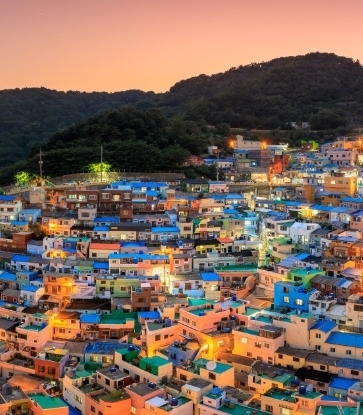
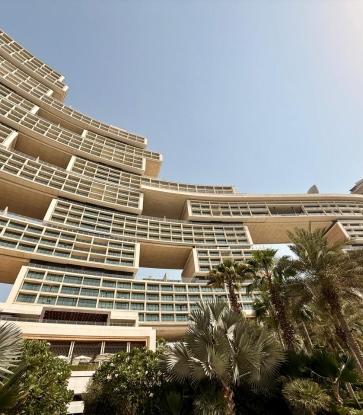
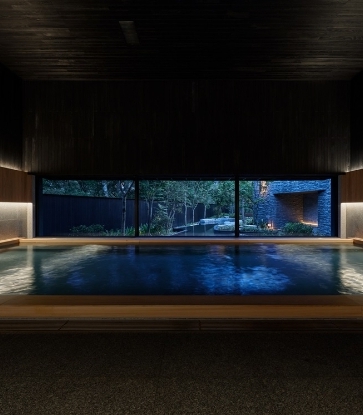
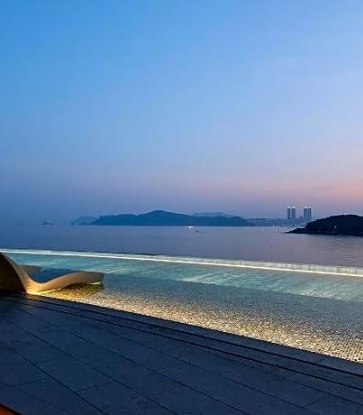
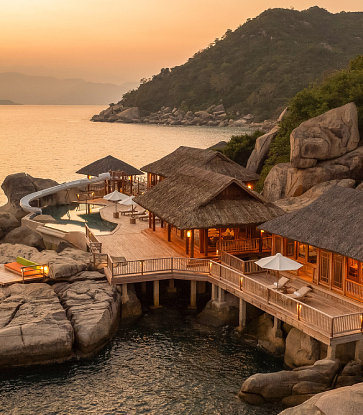
.jpg)
